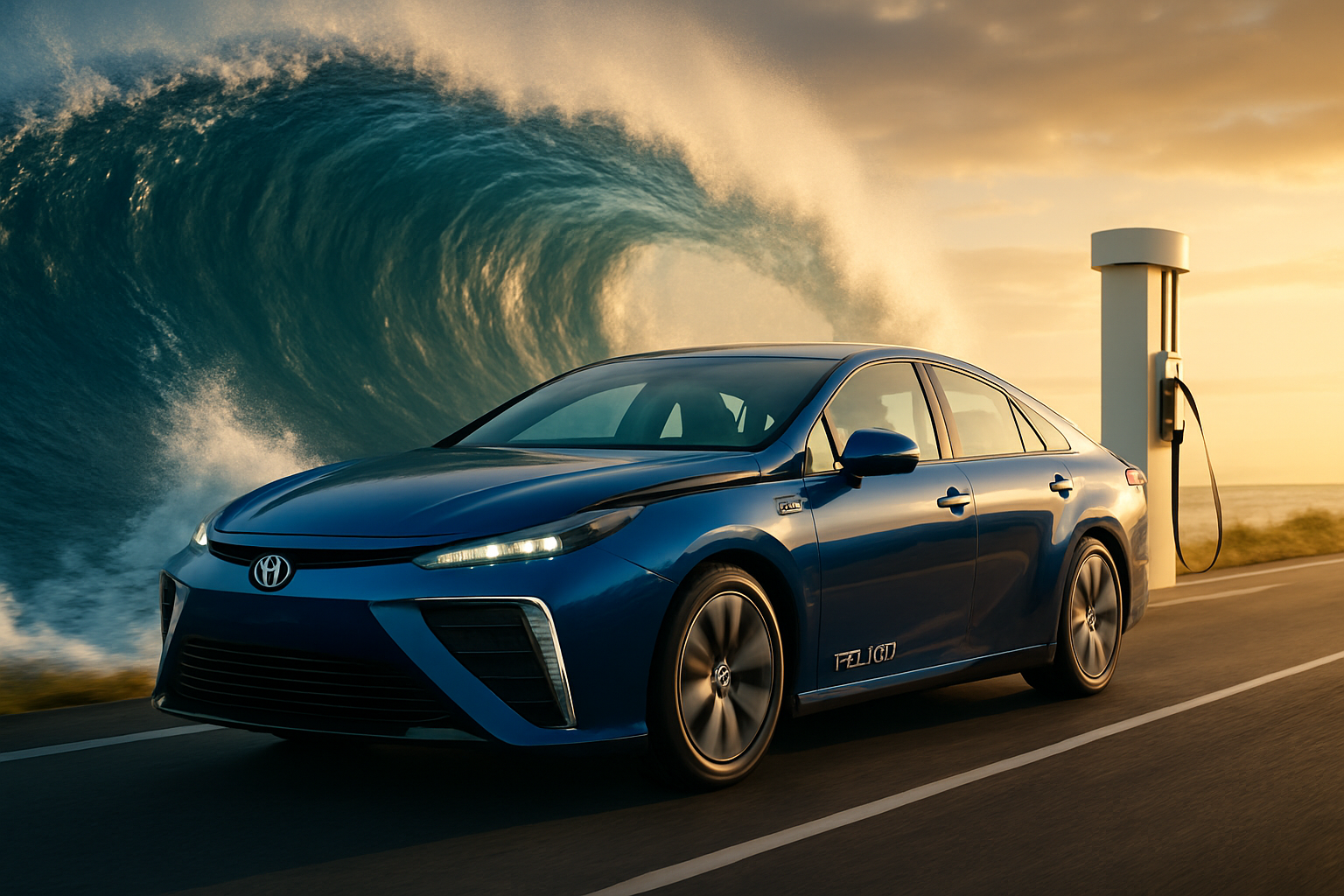Hydrogen Fuel Cell Vehicles: The Next Frontier in Clean Transportation
Accelerating down an open highway, the only sound is the gentle hum of electric motors and a faint whisper of air rushing past. This isn't your typical electric vehicle - it's a hydrogen fuel cell car, representing a bold step into the future of automotive technology. As we delve into the world of hydrogen-powered transportation, we'll explore the intricate workings, potential benefits, and challenges facing this innovative approach to clean mobility.

A Brief History of Hydrogen in Transportation
The concept of using hydrogen as a fuel source isn’t new. In fact, it dates back to the early 19th century when Swiss inventor François Isaac de Rivaz created the first hydrogen-powered internal combustion engine. However, it wasn’t until the late 20th century that serious development of hydrogen fuel cell vehicles began. The 1960s saw NASA utilizing fuel cells in space missions, sparking interest in terrestrial applications. By the 1990s, major automakers were investing in research and development, leading to the first commercially available hydrogen fuel cell vehicles in the early 2000s.
The Environmental Promise
One of the most compelling arguments for hydrogen fuel cell vehicles is their potential environmental impact. When powered by hydrogen produced from renewable sources, these vehicles offer a truly zero-emission solution to transportation. This presents a significant advantage over battery electric vehicles, which, while emission-free at the point of use, still rely on electricity grids that may be powered by fossil fuels. Additionally, the production of large battery packs for electric vehicles carries its own environmental concerns, from mining rare earth metals to the energy-intensive manufacturing process.
Refueling Revolution: Speed and Range
A key advantage of hydrogen fuel cell vehicles lies in their refueling capabilities. Unlike battery electric vehicles that may require hours to charge, hydrogen vehicles can be refueled in a matter of minutes, similar to conventional gasoline-powered cars. This quick refueling time, combined with ranges comparable to traditional vehicles, addresses two major concerns often associated with electric vehicles: range anxiety and long charging times. For long-distance travelers or those without access to overnight charging, this could be a game-changing factor.
Infrastructure Challenges and Solutions
Despite the promising aspects of hydrogen fuel cell technology, widespread adoption faces significant hurdles, primarily in the form of infrastructure. The current lack of hydrogen refueling stations presents a chicken-and-egg problem: consumers are hesitant to purchase vehicles without adequate refueling options, while companies are reluctant to invest in infrastructure without a substantial user base. However, several countries and regions are taking steps to address this issue. California, for instance, has committed to building a network of hydrogen stations, while countries like Japan and Germany are also investing heavily in hydrogen infrastructure.
Technological Advancements and Cost Reduction
As with any emerging technology, early hydrogen fuel cell vehicles faced challenges of high costs and limited efficiency. However, ongoing research and development have led to significant improvements. Recent advancements in fuel cell design have increased power density and reduced the amount of expensive platinum catalyst required. Additionally, progress in hydrogen storage technologies, such as high-pressure carbon fiber tanks and metal hydride storage systems, are enhancing the range and safety of these vehicles. These technological strides, coupled with economies of scale as production increases, are gradually bringing down the cost of hydrogen fuel cell vehicles, making them more accessible to the average consumer.
The Role of Policy and Government Support
The future of hydrogen fuel cell vehicles isn’t solely in the hands of automakers and technology developers. Government policies and support play a crucial role in shaping the adoption of this technology. Many countries are recognizing the potential of hydrogen not just for transportation, but as a key component in their broader energy strategies. Initiatives such as tax incentives for hydrogen vehicle purchases, funding for research and development, and support for infrastructure development are all contributing to the growth of this sector. As climate change concerns intensify, we may see even stronger policy support for zero-emission technologies like hydrogen fuel cells.
Beyond Passenger Vehicles: Wider Applications
While much of the focus on hydrogen fuel cell technology has been on passenger vehicles, its potential extends far beyond. Heavy-duty transportation, where battery electric solutions face limitations due to weight and range requirements, presents a promising application for fuel cells. We’re already seeing hydrogen-powered buses, trucks, and even trains in operation in various parts of the world. The maritime industry is also exploring hydrogen as a means to decarbonize shipping. These wider applications could drive economies of scale in hydrogen production and distribution, further benefiting the passenger vehicle market.
The Road Ahead: Challenges and Opportunities
As we look to the future of hydrogen fuel cell vehicles, it’s clear that both challenges and opportunities lie ahead. The technology must continue to evolve, bringing down costs and improving efficiency. Infrastructure development needs to accelerate to provide the necessary refueling network. And public perception and understanding of hydrogen technology must be addressed to build consumer confidence. However, the potential benefits - from environmental impact to energy security - make this a compelling area for ongoing investment and development. As we navigate the transition to cleaner transportation, hydrogen fuel cell vehicles may well play a significant role in our automotive future.





